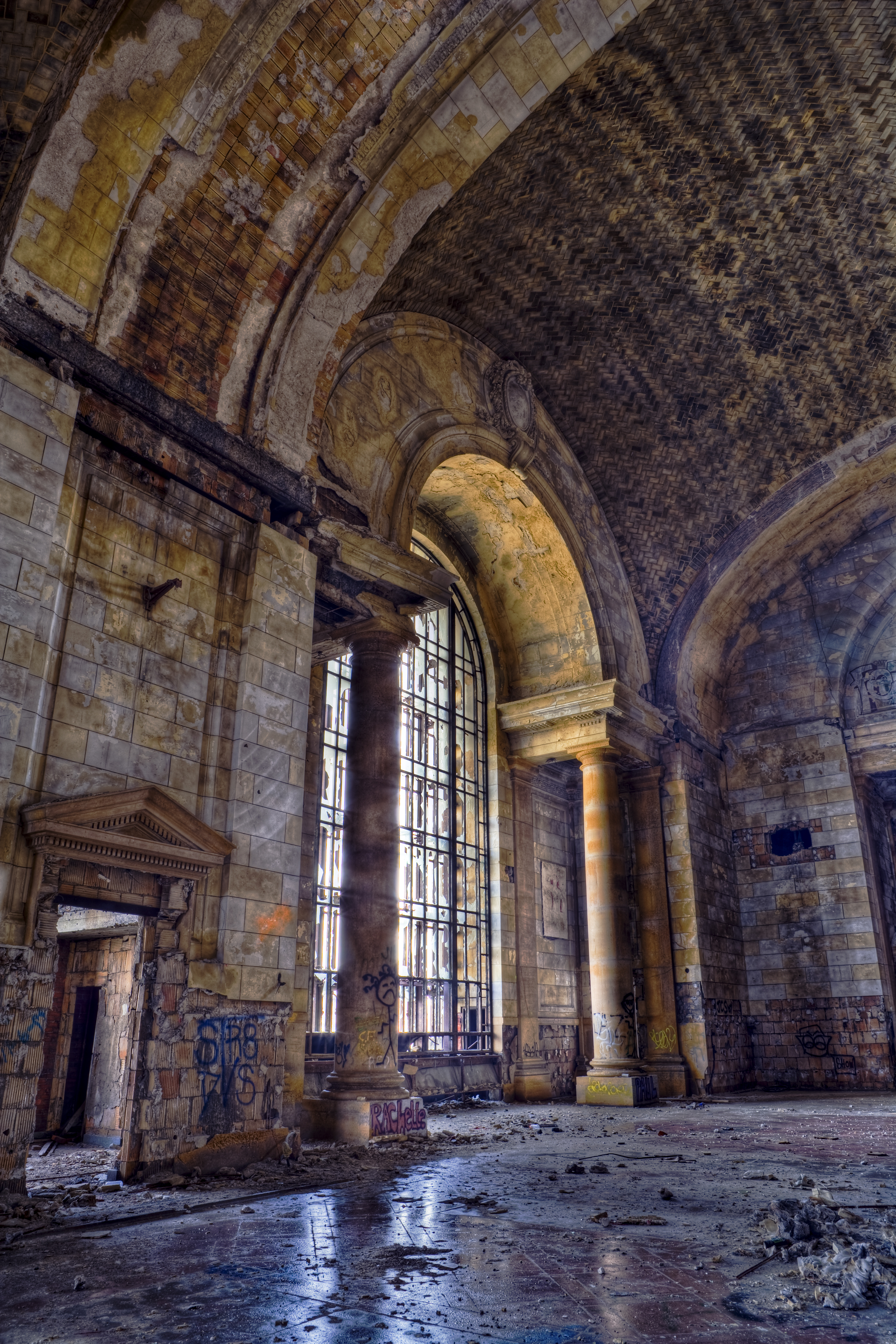Plans go awry. It’s the human condition. That’s why the word “utopian” has such a negative connotation.
Any attempt to create a Utopia, any effort to build a heaven on earth, is doomed to failure. And the contrast between the heavenly vision and the nuts-and-bolts reality is jarring.
And deeply disappointing.
That’s the subject of “The Edge of Intent,” an exhibit of photography, video and mixed media that’s at the Museum of Contemporary Photography at Columbia College Chicago, 600 S. Michigan Ave., through Sunday, July 5.
The title is clever. It’s another way of saying “unintended consequences.” A plan is drawn and carried out….and, then, the messiness of life happens, often at the edges.
Open-air hotels
Consider Simon Menner’s photographs of elegant locations in Paris and Chicago where, just over here to the right or just over there to the left, homeless people sleep.
.jpg)
They’re stretched out on the south bank of the Seine at the foot of the Petit Pont bridge while looming on the other side of the water are the towers of Notre Dame Cathedral. And they’re in among the trees of a small grassy area at the brightly lit entry to Lower Wacker Drive at Van Buren Street in Chicago (above).
You can be sure that the planners who drew the designs for these spots didn’t expect them to serve as open-air hotels.
You can also be sure that the architects and builders of the Michigan Central Train Station in Detroit saw it as a temple of commerce and transportation. Opened in 1913, the Beaux Arts structure with its Doric columns and marble walls was closed 75 years later. Now, it stands abandoned.
Well, not quite abandoned.
A new thing
As photographs by Eric Smith make clear, it’s become a favorite haunt of graffiti artists who have laid their 21st century color commentary over the architectural art of nearly 100 years earlier.
Smith’s surprisingly luscious and sumptuously lighted images of the station interior are arresting. They call to mind Egyptian tombs but with eye-popping Hollywood special effects. (Think of Brendan Fraser in “The Mummy.”)

They leave the viewer disconcerted, and that seems to be Smith’s goal. He uses digital techniques to give the scenes a luminous intensity.
In the end, these photos aren’t so much depicting a train station that’s been vandalized, or graffiti art on an unusual canvas, but rather a new thing, the intersection of what was planned and what just happened.
The effects of time
Another striking image is Dionisio Gonzalez’s panorama of a block of homes in a favela, or shantytown, of Sao Paolo, Brazil. Onto this photograph, he’s grafted elements of snazzy contemporary residential architecture. According to the exhibit notes, this is his commentary on a failed government effort to improve life in such slums.

Yet, for American city-dwellers, it seems a spot-on depiction of a gentrifying neighborhood.
Regardless of where you stand on the issue of gentrification, there’s no question that it’s a process that occurs over time. The upwardly mobile move in and transform a community in their own likeness while the original poorer residents eventually move out.
Time is something that’s hard to plan for. Sure, you can take into account the physical wear and tear on things. But the individual decisions that people make over time aren’t always easy to foresee.
If there’s a lesson to be taken from “The Edge of Intent,” it’s that planning is not for the weak-hearted --- or the arrogant.
An essential element in the make-up of a successful planner is humility. However clean and logical a diagram may appear, it’s only a diagram. However much it may seem that people should do one thing, they may, in their curiously human way, do something totally unexpected.
Photo credits:
Simon Menner, “Chicago Images: Wacker and Van Buren,” 2008. Courtesy of the artist.
Eric Smith. “Untitled” from the series “Michigan Central Train Station,” 2008. Courtesy of the artist and Monroe Gallery of Photography, Santa Fe, NM.
Dionisio González, “Nova Heliopolis III,” 2007. Courtesy of the artist.
For a print-friendly version of this post, go here.
Blog Categories
- art (14)
- civic engagement (17)
- culture (16)
- future (26)
- green legacy (15)
- history (26)
- pavilions (4)
- schools (8)
- transportation (7)
